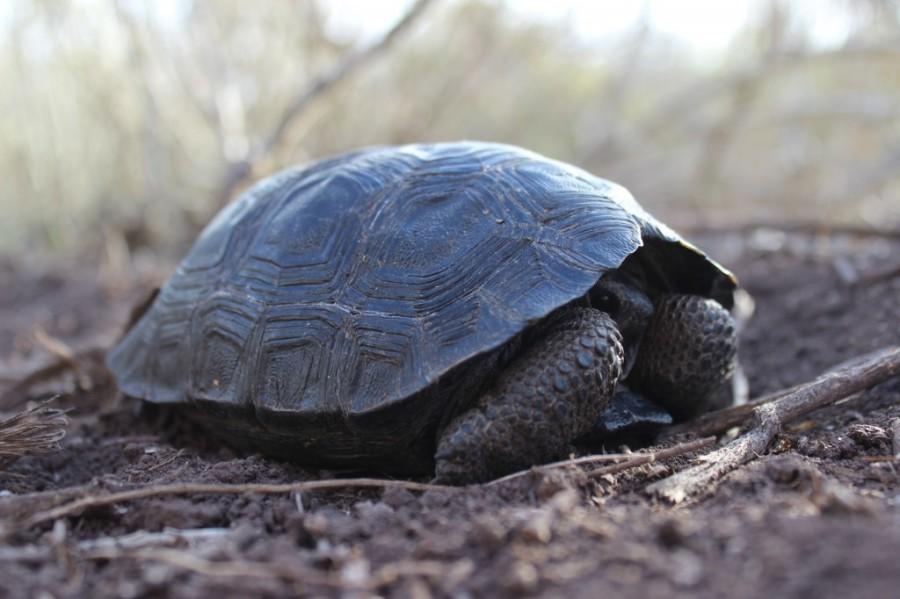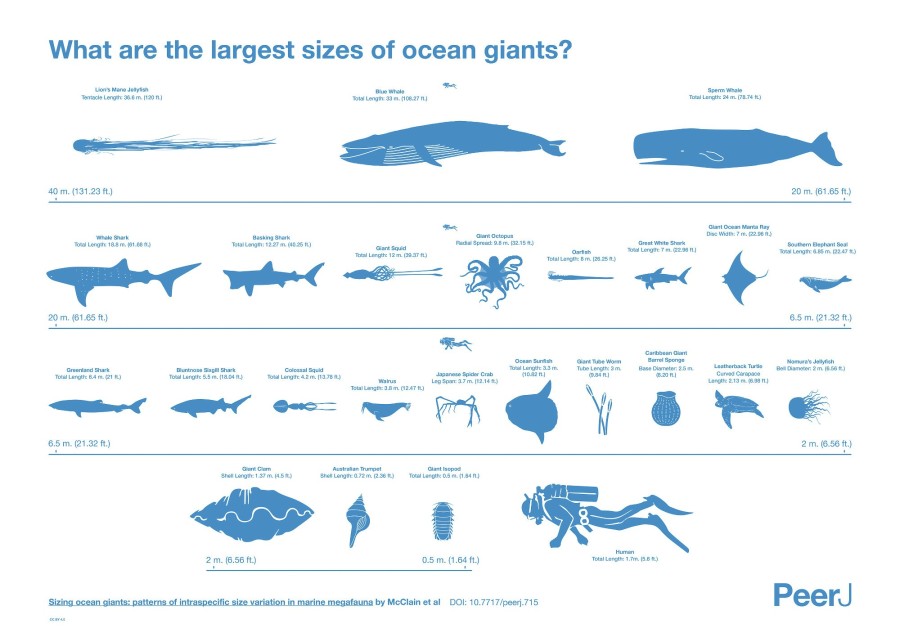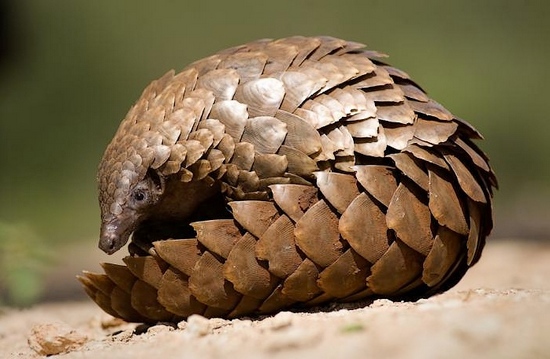There have been five mass extinctions over the course of life on earth. The largest one, known as the Great Dying, occurred at the end of the Permian period, 252 million years ago. Around 96 percent of earth’s marine species, 70 percent of terrestrial vertebrates and 57 percent of all insect families were completely killed off.
There have been several theories as to what caused this mass extinction. A study recently published in the science journals Science and Nature, suggest “rocks from 252 million years ago suggest that carbon dioxide from volcanoes made sea water lethal.”
Scientists were able to study rocks from the time of the Great Dying in the oceans to “calculate how quickly ocean chemistry shifted.” Matthew Clarkson of the University of Otago in Dunedin, argued that “volcanoes in Siberia belched so much CO2 in such a short time that the oceans simply could not absorb it all.” This caused ocean pH levels to drop dramatically. The Great Dying took mostly marine species with “calcium carbonate skeletons especially those reliant on stable CO2 levels to produce their skeletons.”
This information is extremely relevant to us today because human industrial activity produces a vast amount of CO2. Approximately 30-40 percent of CO2 goes into our oceans. And, eventually if there is enough of it, could cause another Great Dying. Nature states that “the average [ocean] pH has dropped by 0.1 units since the beginning of the Industrial Revolution.”
As a frame of reference during the second half of the Great Dying ocean pH levels dropped 0.7 units over the course of 10,000 years. Clarkson encourages us to consider the Great Dying as a terrifying possible future, considering the rate at which we continue to produce CO2.
Falling ocean pH is also commonly known as ocean acidification. It has various negative effects on ocean species. Especially “calcifying species, including oysters, clams, sea urchins, shallow water corals, deep sea corals, and calcareous plankton,” according to NOAA. These creatures serve as major parts of the food web, for other marine species as well as humans. If ocean acidification continues at such a high rate, there is the possibility of another Great Dying, which would seriously alter the ocean’s marine life and thereby alter ours.



